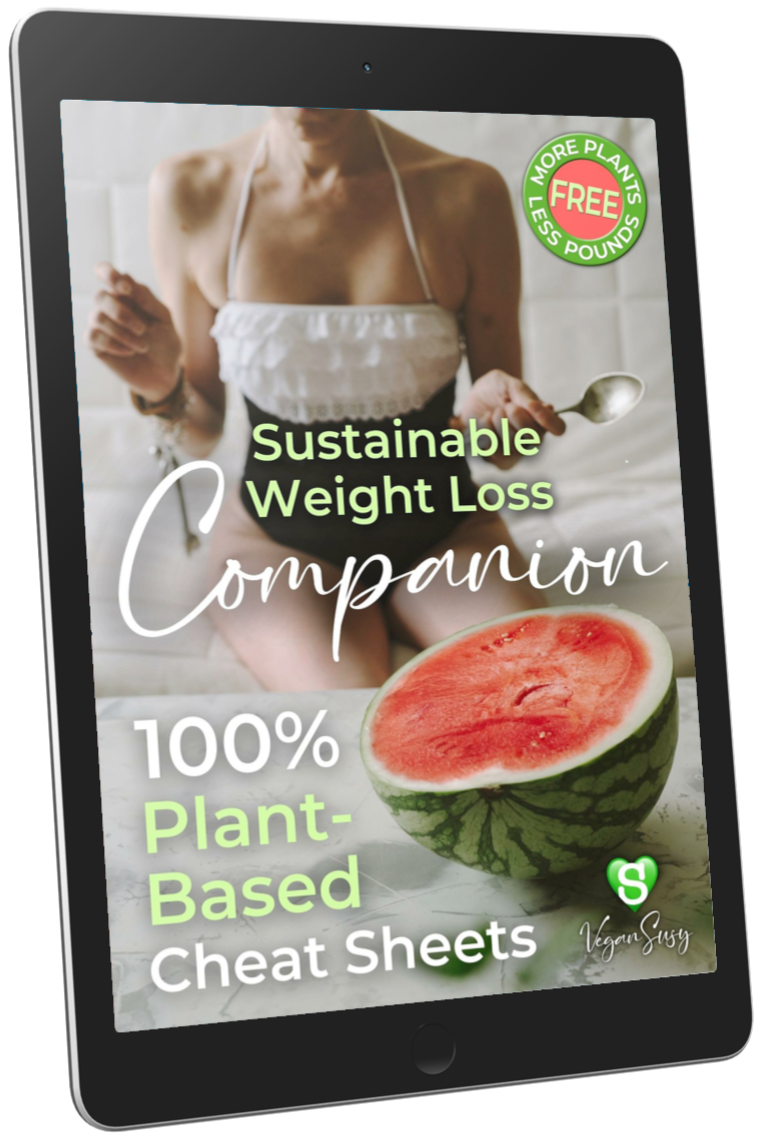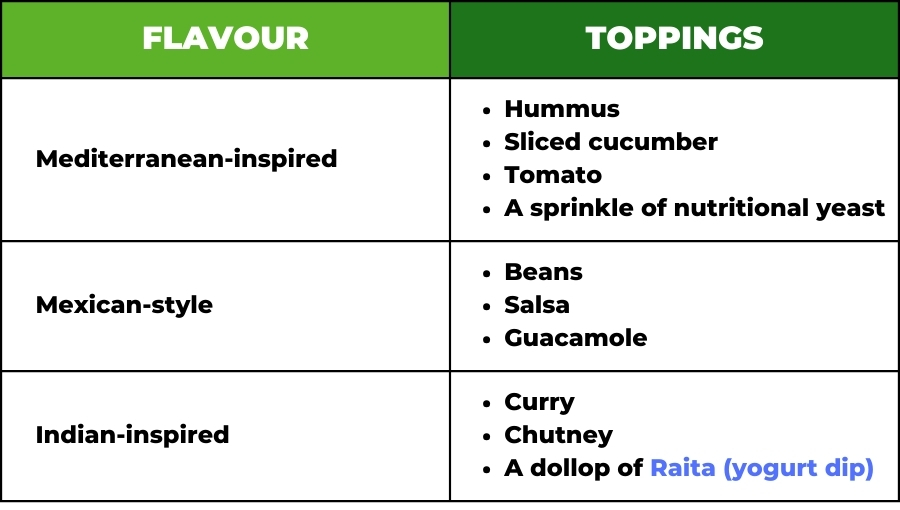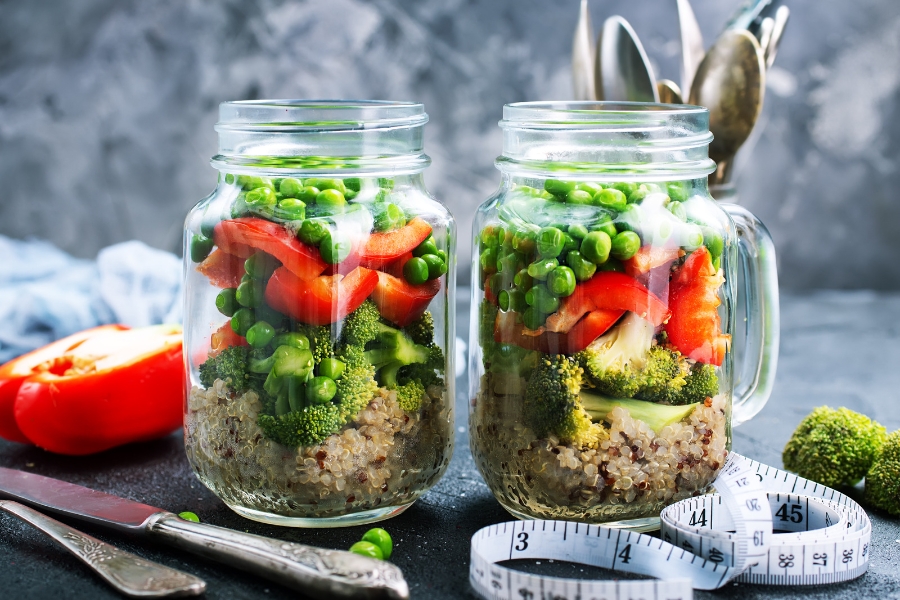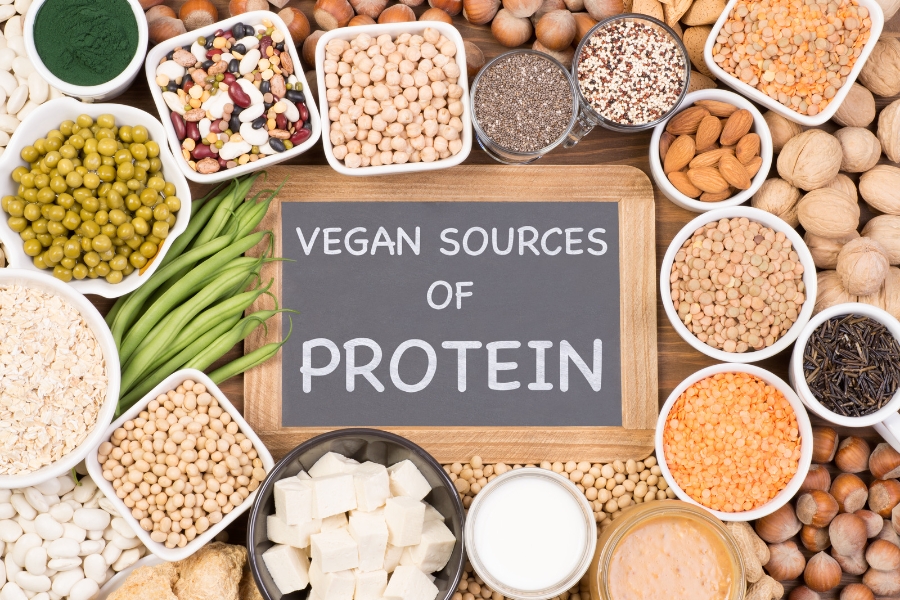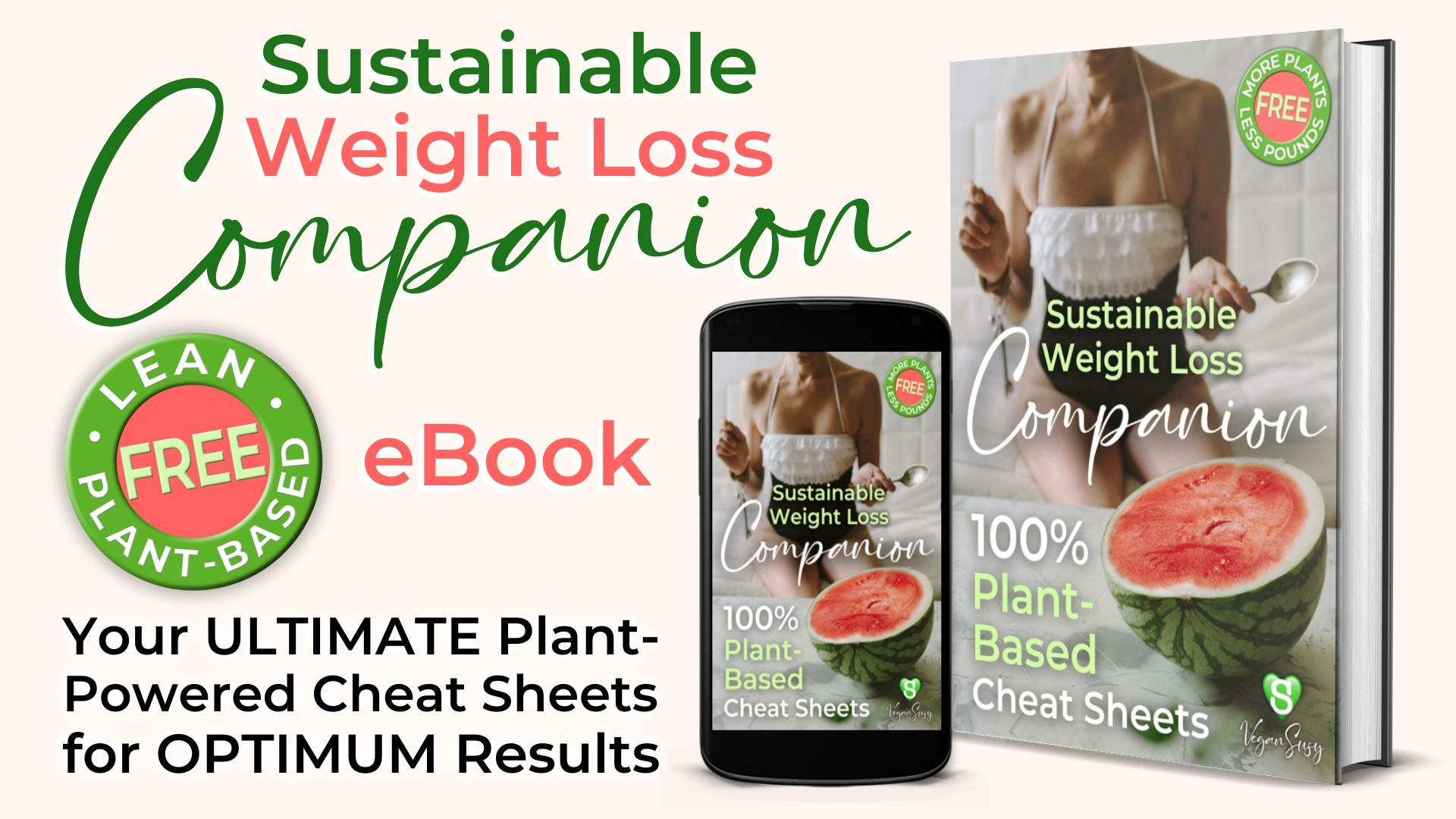
From The Exclusive Collection of FREE Plant-Based Recipes
By Plant-Based Nutrition Professional Chef Susy • Designed For Effortless Weight Loss & Weight Maintenance
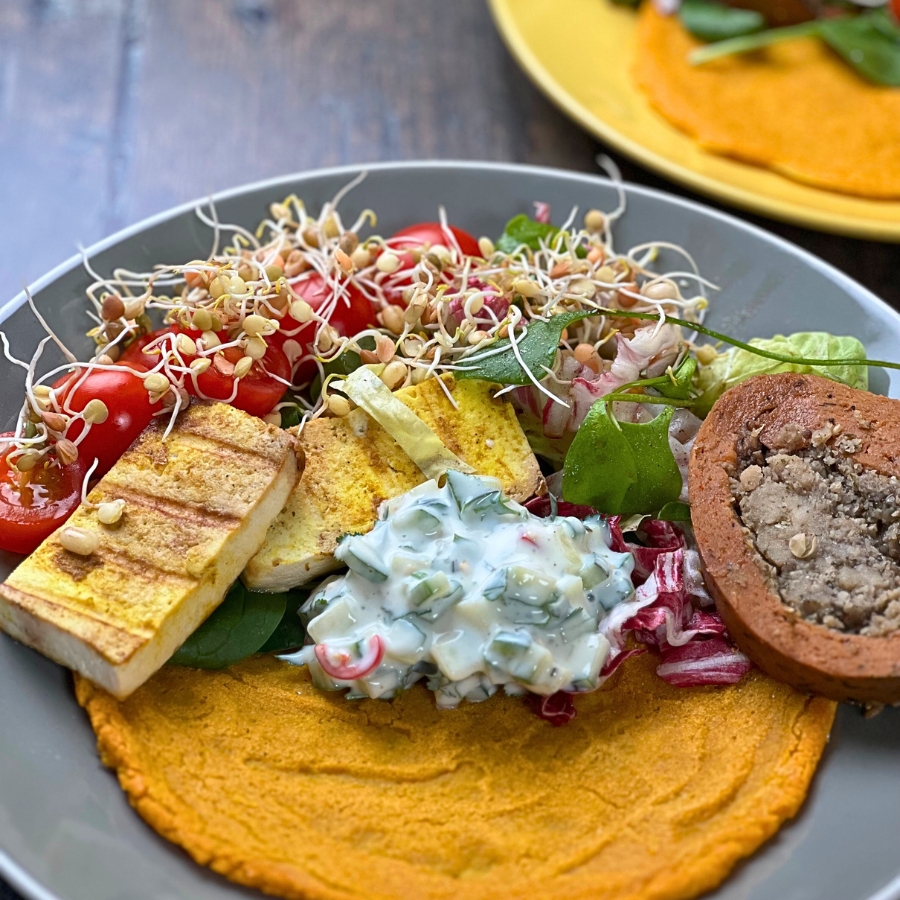
Vegan Lentil Flatbread -
Gluten-Free, Oil-Free, Easy
Craving something healthy, delicious, and homemade? Look no further than this gluten-free, oil-free, and easy-to-make vegan lentil flatbread. Packed with protein and fibre, this versatile flatbread is perfect for snacks, wraps, or as a side dish.

Prep Time: 5 Mins | Cook Time: 10 Mins
Inactive Time: 8 Hours | Total Time: 8 Hrs & 15 Mins
Servings: Adjustable

Let's Be Friends!
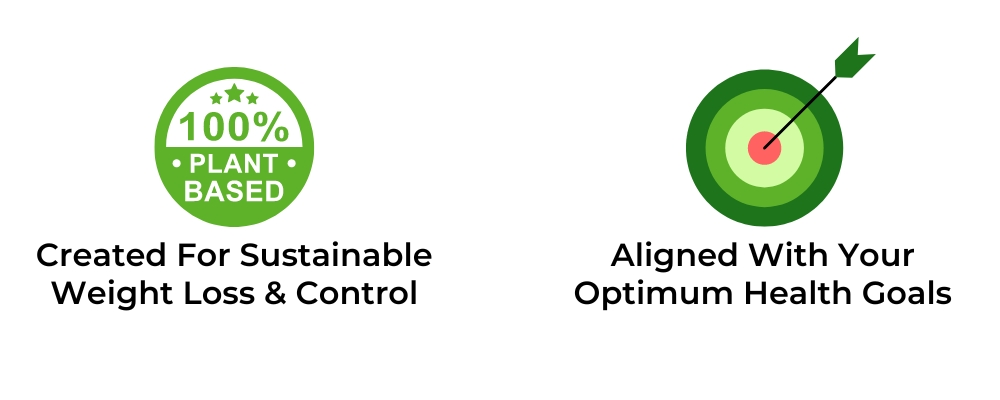
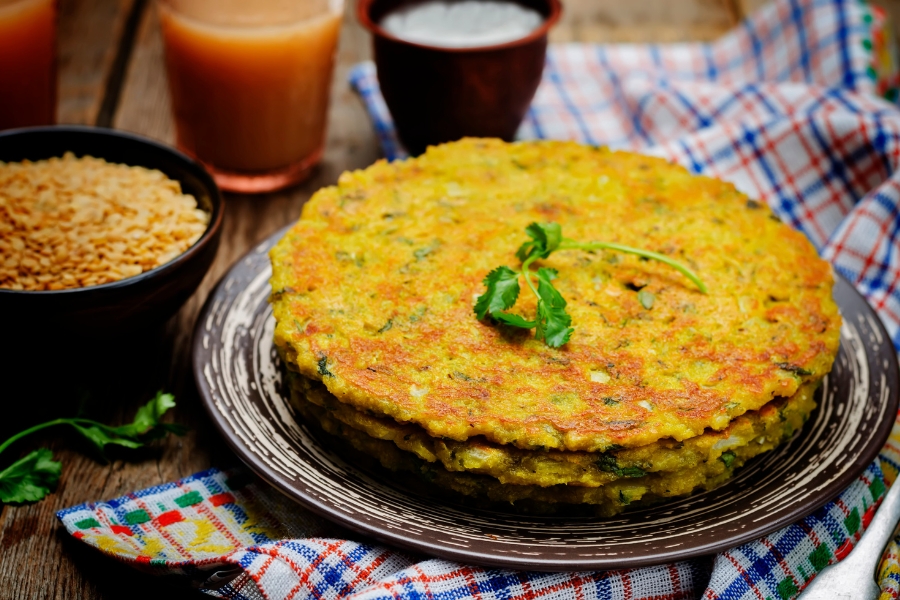
It’s time to say goodbye to processed white flour tortillas, store-bought flatbread, and all the unhealthy calories that come with them. Today, we’re unfolding a delicious recipe that uses only six ingredients to create something truly delightful: Vegan Lentil Flatbread.
Table of Contents
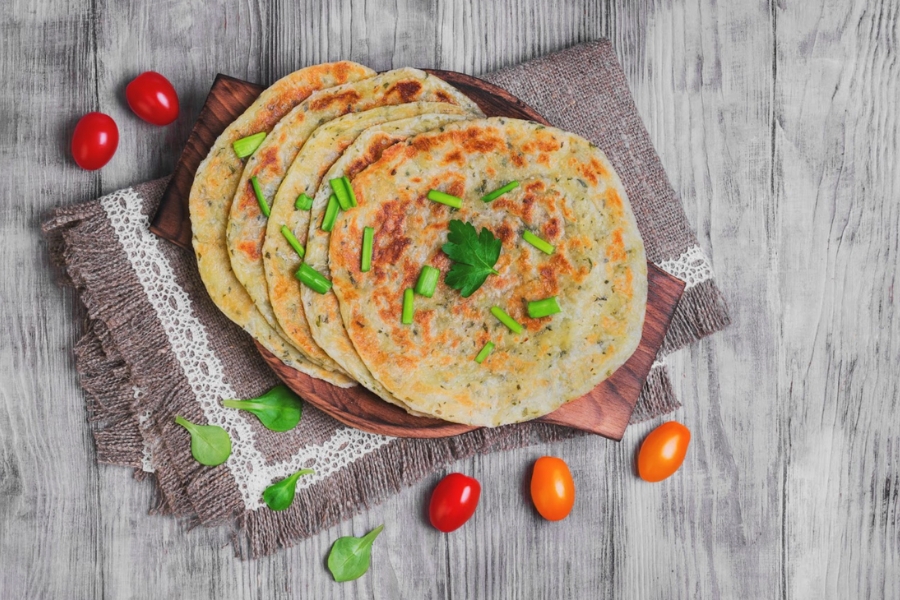
Why This Recipe Works
Flavourful
Though I was initially sceptical about the recipe, it turned out absolutely perfect. The texture, the flavour, the appearance—everything!
Nutritious
It’s a healthy, oil-free recipe. It’s also high in protein and packed with fibre—thanks to the main ingredient, red lentils. Note: You can expect 1.3g fibre and 3.9g protein per serving.
Gluten-free
Usually, gluten-free breads require a ton of ingredients and so many complex steps. But not with this vegan flatbread. It uses the most basic pantry ingredients and the simplest steps to give you a gluten-free, clean, and nutrient-dense homemade option.
No-Bake
You don’t need to bake this flatbread. Just pop in a non-stick pan over medium heat. Fry, flip, and enjoy.
Versatile
A base for wraps and tacos or a substitute for naan and pitta, plant-based lentil flatbread can serve so many purposes. You can even enjoy it as dough for pizza or as a snack on its own.
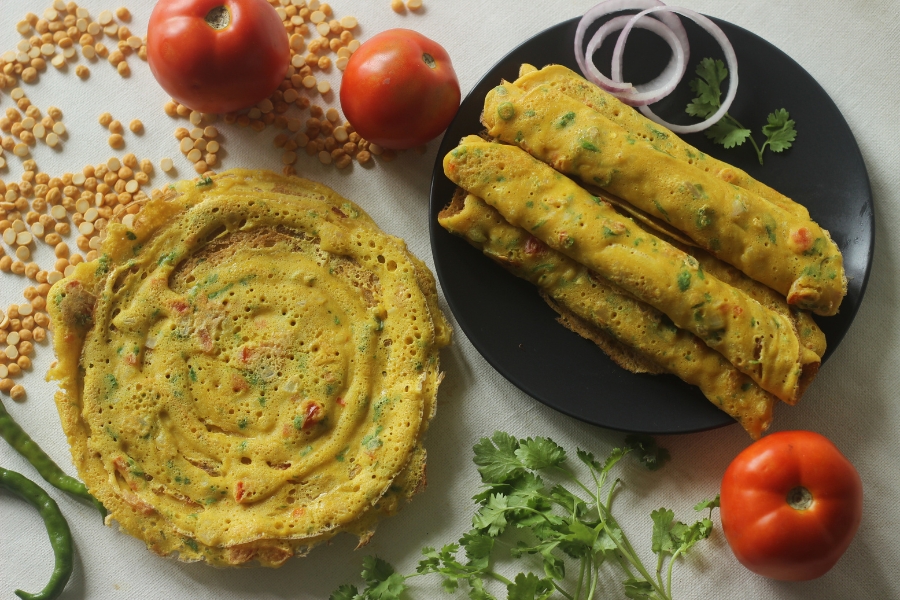
Recipe Ingredient Notes
Red lentils - Red split lentils work best for this recipe. They are sold at almost every grocery store, so you don’t have to worry about hunting them. Not only are these tiny legumes a powerhouse of nutrition, but they’re also known for their delicate flavour and quick cooking time. No wonder why red lentils are a primary ingredient for every high-protein vegan flatbread recipe.
Water - Simple, yet essential. It helps bind the lentils together—and also makes sure your flatbread achieves the right consistency.
Turmeric - Use freshly ground turmeric to enjoy the best taste (and extract maximum health benefits).
Garlic and onion powder - I use powdered versions instead of minced to ensure a smooth texture.
Spray of oil for the pan - A light oil (like olive or avocado oil) is suitable for this recipe.
Pinch of salt and pepper - Helps to ensure the flatbread isn’t bland.
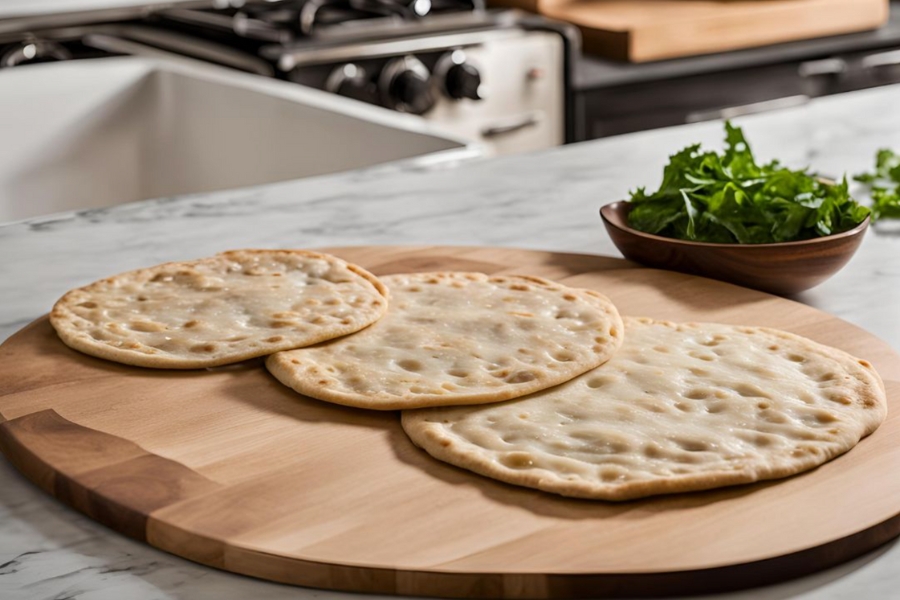
How to Make Plant-Based Flatbread
Rinse and soak. Begin by rinsing the lentils under cold water until it runs clear. Then, add 2 cups of water to the lentils and soak them for at least 2 hours, or preferably overnight. This softens the legumes and aids in easier cooking.
Blend the batter. Drain the soaked lentils and shift them to a blender. Add the drained water and all the spices. Blitz until the batter is smooth and creamy. Note: It will resemble pancake batter.
Cook the flatbread. Heat a non-stick skillet over medium-high heat. Spray the pan with oil and use a basting brush to spread it evenly. Pour one ladleful of the batter into the pan and spread it out into a thin circle. Allow the edges to cook for about 45 seconds, or until they set. Carefully flip the flatbread and cook again for 30-45 seconds, or until the other side is set.
Serve. Transfer your crispy vegan lentil flatbread to a wire rack and let it cool for a moment. This flatbread pairs perfectly with toppings, like avocado and hummus.
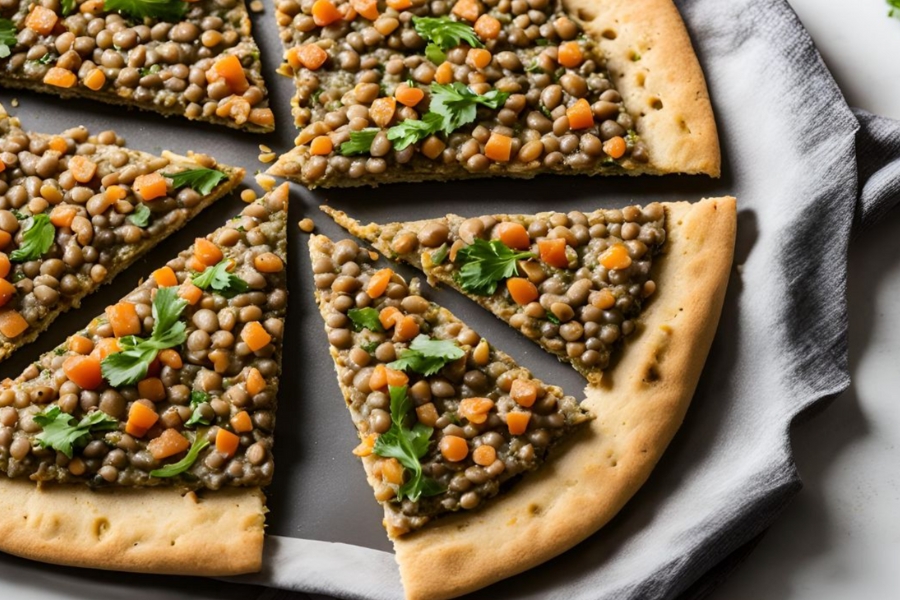
Variations, Ideas & Notes
Tailor the seasonings to switch up the flavours. You can, for example, use brown lentils instead of red lentils, or ground cumin instead of turmeric. I also like to try add-on ingredients, like—
Herbs (oregano, thyme, rosemary, etc.)
Garam Masala
Cajun seasoning
Cinnamon
Raisins or Medjool dates
Curry powder
Bagel seasoning
You see… this recipe offers a lot of room for customisation!
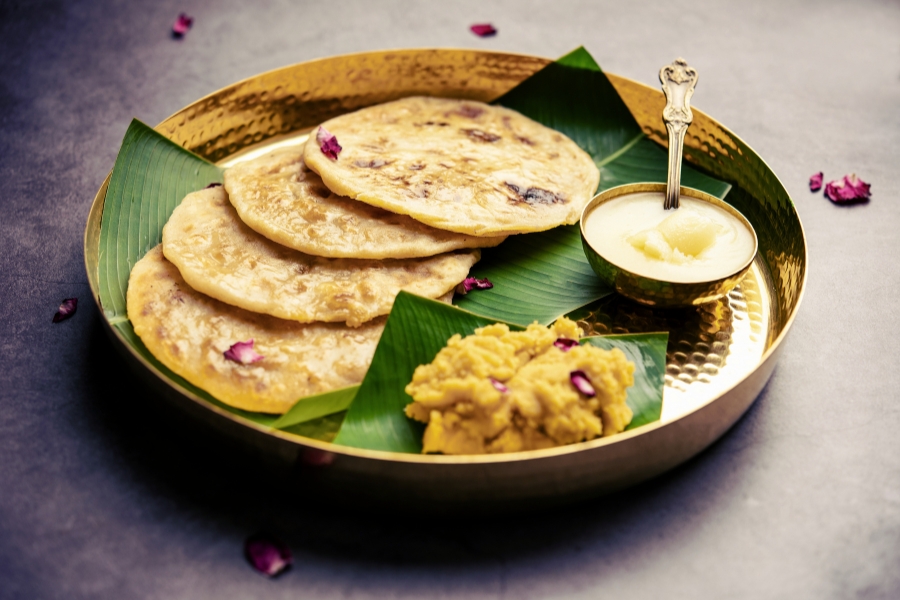
Pro Tips For This Recipe
Don’t skip the step of soaking lentils. While this also speeds up the cooking process, soaking lentils makes them easier to digest.
Soak the lentils for at least 2 hours, if short on time. However, it’s best to allow them to soak overnight.
Blend the batter until fully smooth. It shouldn’t have any lumps.
Leave the batter for 5 minutes to allow it to thicken before frying.
When frying the flatbread, you will notice the batter on the top is thicker than the bottom. So be sure to mix thoroughly each time before pouring it onto the pan.
This recipe requires a non-stick pan or skillet so the batter doesn’t stick. I use a cast iron skillet.
You will need to spray the pan with oil each time before adding the batter.
Cook the batter over low to medium to ensure the perfect texture.
For thicker flatbread, use more batter (and cook for longer). For thinner flatbread, use less batter (and cook for a shorter time).
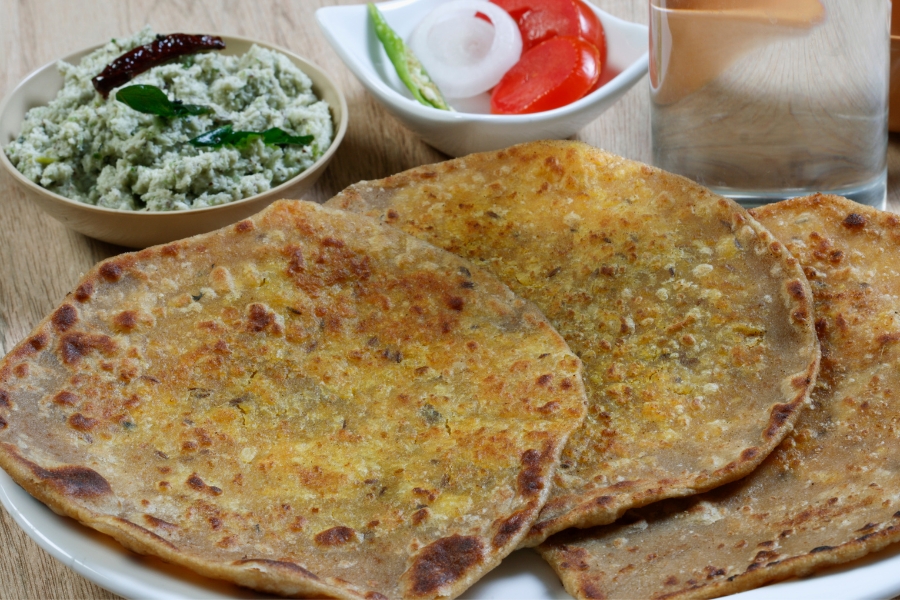
Frequently Asked Questions
How to store lentil flatbread?
To store cooked flatbread, wrap each piece tightly in aluminium foil. Place the wrapped bread in a container and store it in the fridge for up to 1-2 days.
To store flatbread batter (which, I personally think, is a better idea), add the batter to a jar and store it in the fridge for up to 3 days.
Can I freeze vegan flatbread?
Yes, you can definitely freeze plant-based flatbread. Cook the flatbread as normal, allow it to cool, and pack it into freezer-safe bags. The day you want to eat one, defrost it overnight in the refrigerator. Then give it a quick spin in the microwave.
How to serve plant-based flatbread?
This vegan lentil flatbread is great to be used as naan, bread, or a wrap. It’s so soft and easy to roll. I love making salsa bean burritos with it. If using flatbread as a base for pizzas, I’d recommend toasting it in the oven at 220°C (425°F) for 4-5 minutes.
If you’re in the mood for a quick snack (not a time-consuming meal), pair your vegan flatbread with toppings like—
You can also eat vegan flatbread cold with guacamole. Yummy!
You can also try specific flavour variations like the ones below.
Why did my flatbread stick to the pan?
There are two possibilities. First, your pan might be too hot. I noticed when the heat was closer to medium-high (than to medium-low), the batter was sticking to the pan. Second, you probably didn’t spray the pan every time before adding the next batch. The batter quickly absorbs the oil from the previous batch, causing it to stick to the pan.
Do I need to soak the lentils overnight?
Overnight soaking is best, but a minimum of 2 hours will work if you're short on time.
If You Like This Condiment Recipe, You Might Also Like…
There are two possibilities. First, your pan might be too hot. I noticed when the heat was closer to medium-high (than to medium-low), the batter was sticking to the pan. Second, you probably didn’t spray the pan every time before adding the next batch. The batter quickly absorbs the oil from the previous batch, causing it to stick to the pan.
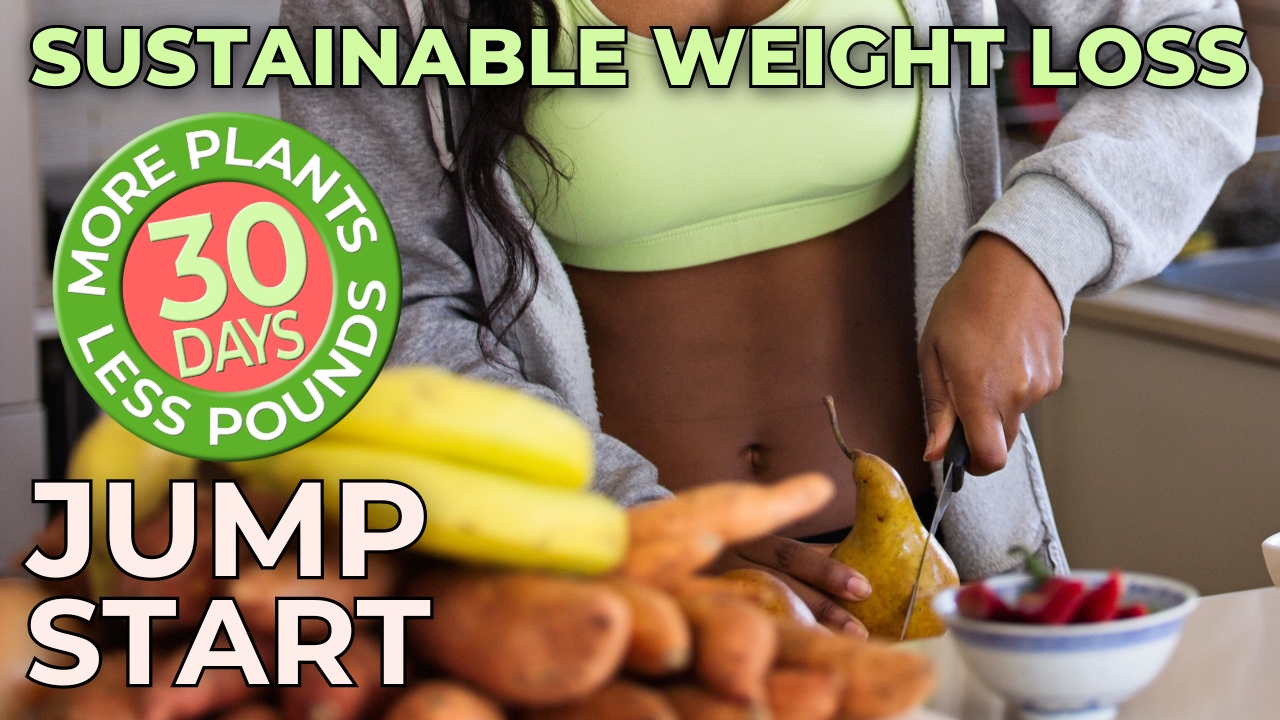
More Free Resources
Unlock Your Transformation Today!
Empower Yourself: Embark on a Delicious Fat Loss Adventure


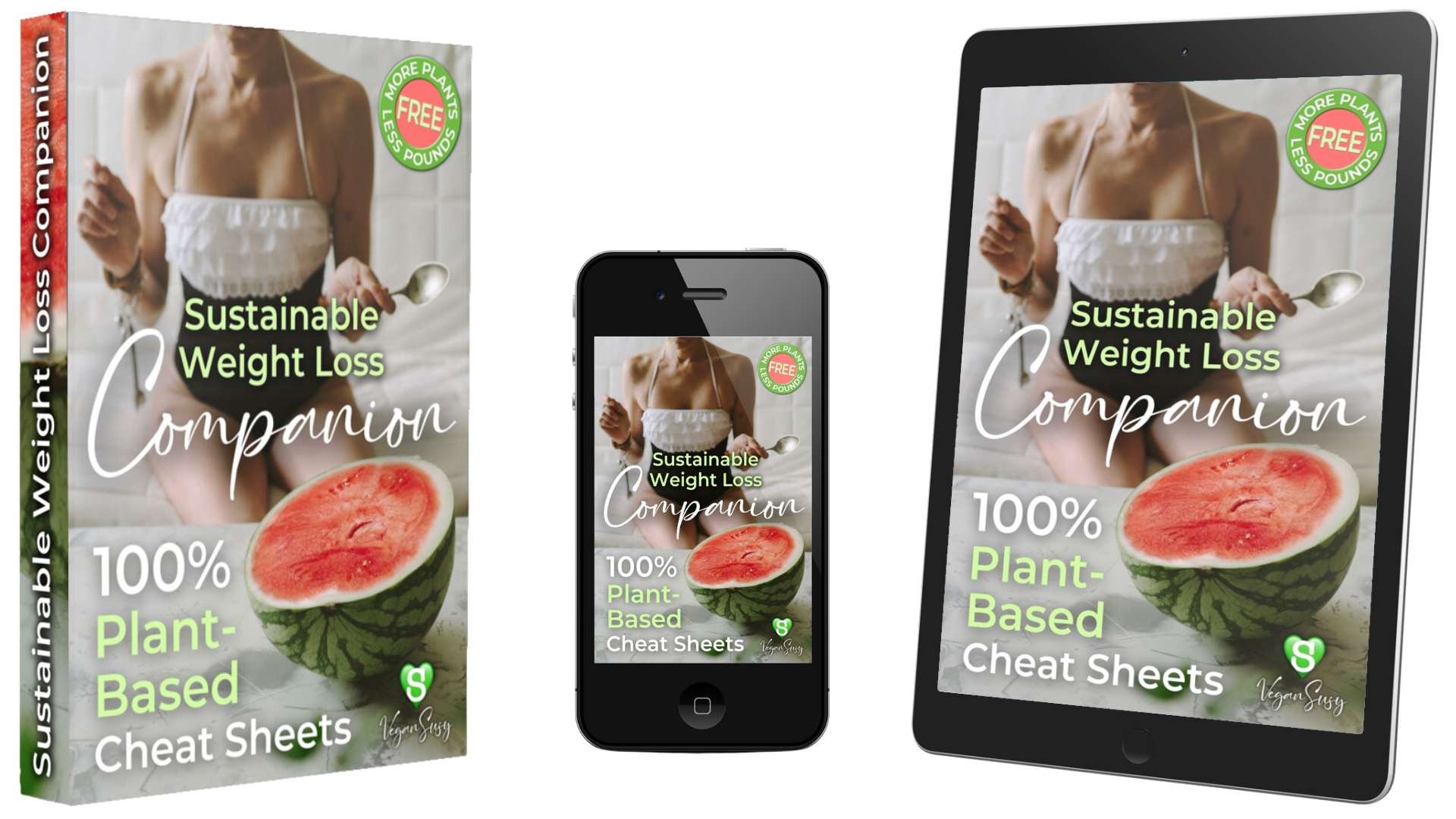
🍉 Get Ready to Jump Start Your Fitness Goals AND DISCOVER A HEALTHIER YOU!
🍉 Let's Make Your Fat Loss & Optimum Health Journey a Delicious Success Story!
🍉 Get The FREE Sustainable Weight Loss Companion eBook and CHEAT SHEETS!
© 2025 VeganSusy Ltd. All Rights Reserved




